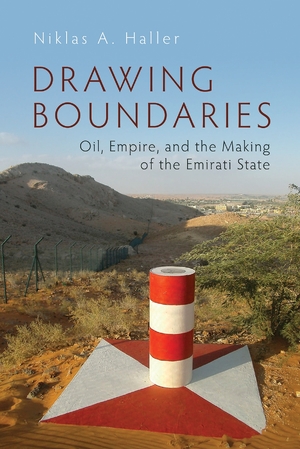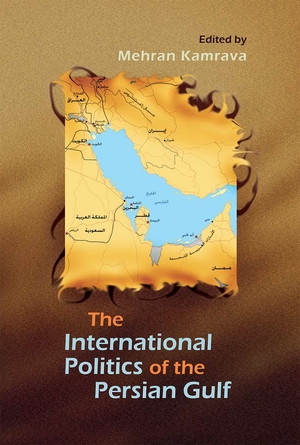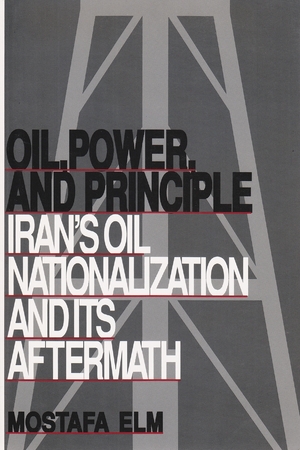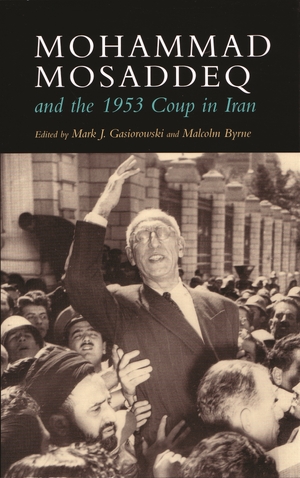"This highly original, distinctive, and valuable book adds enormously to the volume of research on the transition of the Trucial States into the United Arab Emirates and sheds fascinating new light onto the process of boundary-making and the legacy of British decision-making in the Arabian Peninsula."—Kristian Coates Ulrichsen, author of Centers of Power in the Arab Gulf States
"An ambitious study which seeks to analyze boundary disputes and boundary-making in the Emirates from the 1820s through the 1980s."—Scott Smith, author of Ending Empire in the Middle East: Britain, the United States and Post-War Decolonization, 1945–1973
Description
The boundaries between the seven constituent emirates of the United Arab Emirates form one of the most complex territorial landscapes in the Middle East that is marked simultaneously by striking fragmentation on the map and inconspicuousness on the ground. Niklas A. Haller traces how such boundaries were shaped, dismantled, disregarded, and reappeared throughout the nineteenth and twentieth centuries. He analyzes how the forces of oil and empire combined in progressively transforming the native system to the benefit of a select number of coastal rulers, ultimately bestowing upon them a maze of territorial possessions and a plethora of territorial disputes. When the seven Trucial Rulers came together in 1971 to form the UAE, the new federation only slowly succeeded in decreasing the visibility and importance of the inter-emirate boundaries as it asserted itself under Abu Dhabi’s aegis. Drawing Boundaries opens a previously unexplored lens on Emirati history that allows a more nuanced understanding of many of its key aspects: the impact and legacy of the imperial period, the formation of the UAE, and political trajectories during the federation’s early years.
About the Author
Niklas A. Haller holds a PhD in Middle East politics from the University of Exeter. His research focuses on the history of state formation, particularly in the Gulf region.
Related Interest
December 2025




